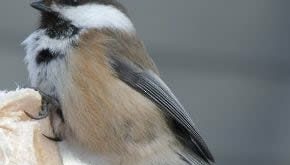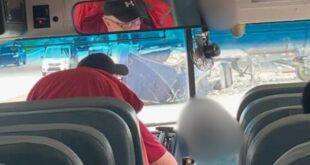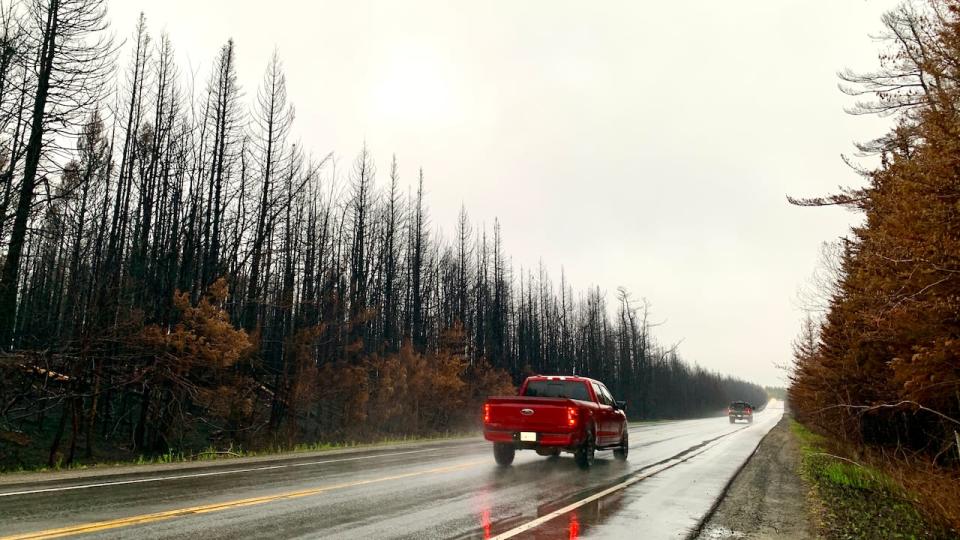
It was one of the things Jody Stuart loved most about his property — a lush treeline that provided both privacy and protection from cars zipping down a well-traveled roadway outside Halifax.
Those trees are now leafless and blackened, a constant reminder of a wildfire that destroyed Stuart’s house, garage and truck in the community of Yankeetown last month.
“That’s the first thing you notice, all the trees. It looks like a war zone. It doesn’t feel like home,” said the 51-year-old Stuart, who reclaimed possession of his property earlier this week.
Stuart’s property backs onto the Hammonds Plains Road, which fell in the path of the fast-moving wildfire that broke out in the nearby suburb of Westwood Hills.
The fire would end up traveling east to Highland Park, where it crossed the Hammonds Plains Road and into Yankeetown, destroying 150 homes along its route.
Many who drive along the essential community artery have wondered what will become of the swath of charred trees that dot both sides of the road. The answer depends on who owns the land, which is largely still being worked out.
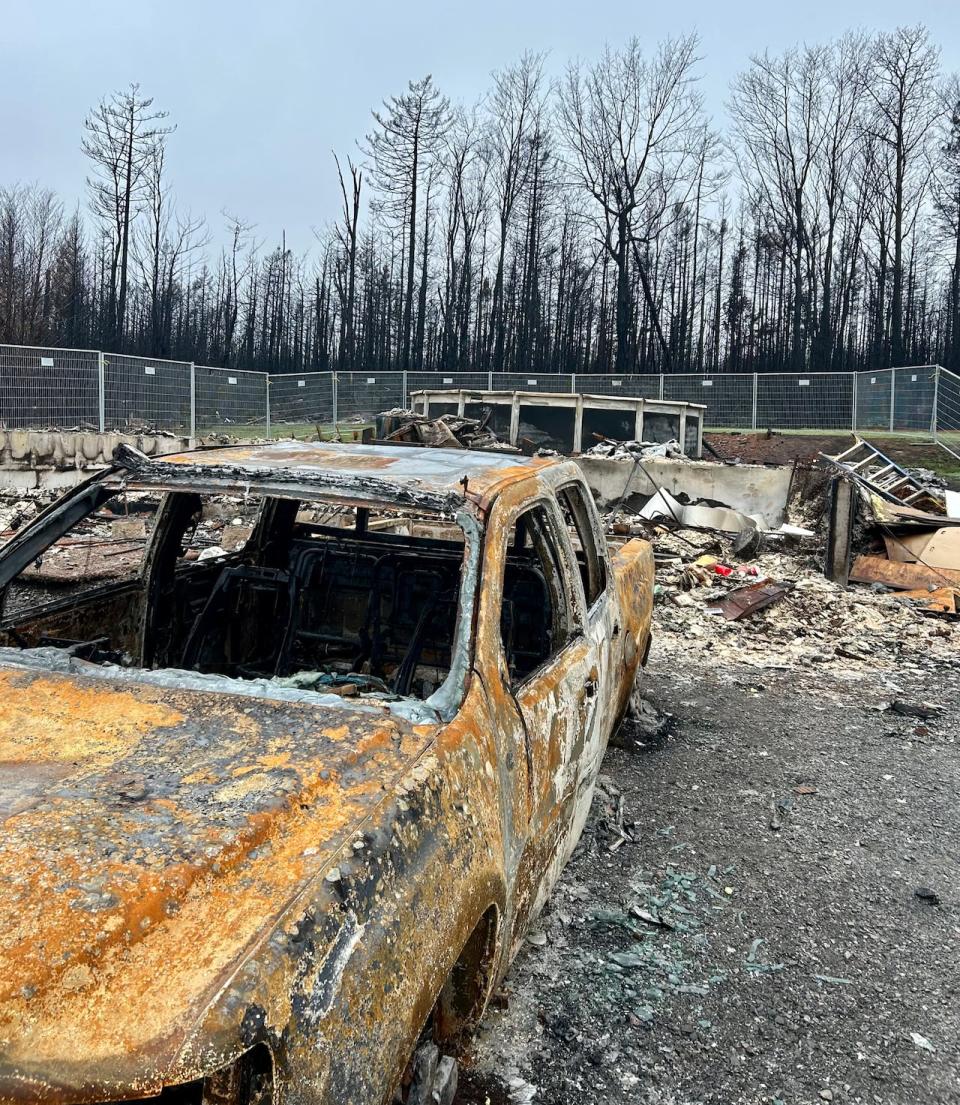
Jody Stuart’s property on Jenna Lane was decimated during the wildfire on May 28. (Submitted by Jody Stuart)
However, area Coun. Pam Lovelace said it’s her understanding that the majority of the land is privately owned. That means it will be up to those landowners to decide what they will do with the trees.
“Part of the issue is around how your property looks and how you feel in your community,” Lovelace said earlier this week, adding that the municipality owns the roadway, Halifax Water owns the ditch and beyond that border it’s mostly private lots.
“If you’re always looking at burnt trees, that’s going to have an impact … not only from an aesthetics perspective but from a psychological perspective as well.”
Stuart is only just beginning the long, arduous process of rebuilding his two-storey house, and he said his preference would be to clear out the damaged trees and plant new ones.
But he estimated he had more than 500 trees in his yard, and has heard his insurance will likely only cover the cost of about 20. He also noted paying to clear the trees would be expensive.
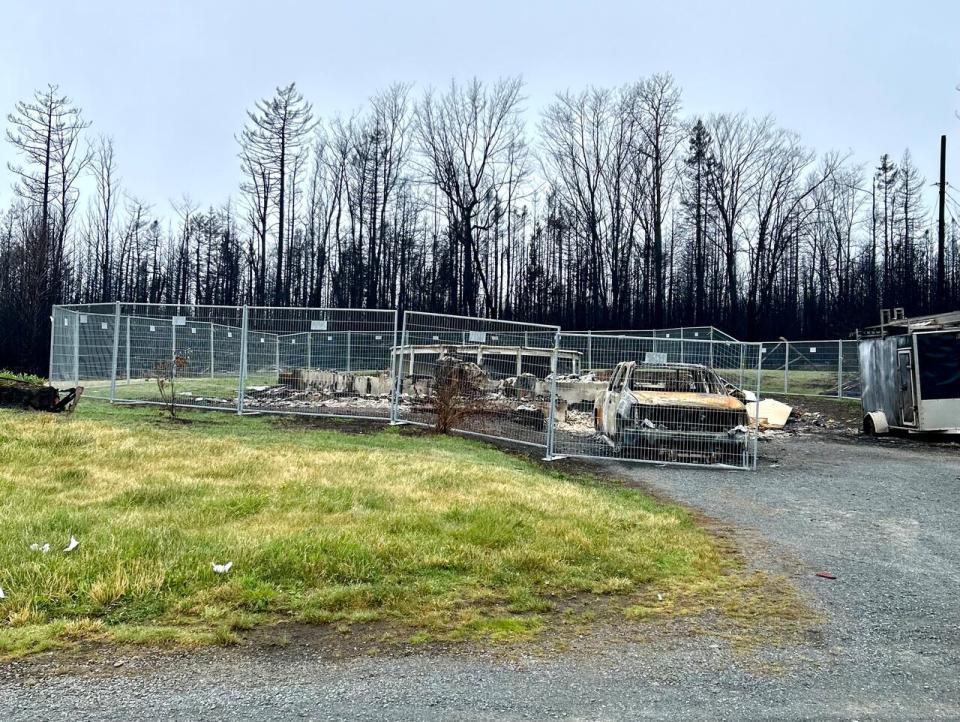
Stuart says he can now watch cars slow down on the Hammonds Plains Road to catch a glimpse of his burnt property. He asks curious onlookers to keep safety in mind as they drive by, and also try and be respectful of those who lost everything. (Submitted by Jody Stuart)
He would like to see governments step up to help pay to replace and plant trees along the stretch, which acted as a noise buffer and provided protection from traffic for his dog and three children, ages nine, 15 and 21.
“Somebody is going to replace those trees, and it’s not going to be me…. I didn’t ask for this,” said Stuart.
“I would say the biggest hurdle we have right now is nobody has answers for us. I don’t want to be angry because that’s not where I want to be in my life, but that’s where I’m headed, and looking at these trees is not going to help anybody.
“I know people have to drive by and see those trees and they’re complaining about it, but I have to live with it.”
The Department of Natural Resources said the risk of future wildfires from previously burned trees is minimal, as most of the fuel from the tree — such as leaves and branches — has been used up.
The department said it is working to determine what percentage of damaged land in the Upper Tantallon-Hammonds Plains wildfire is Crown- and privately-owned, but it will take some time to complete that assessment.
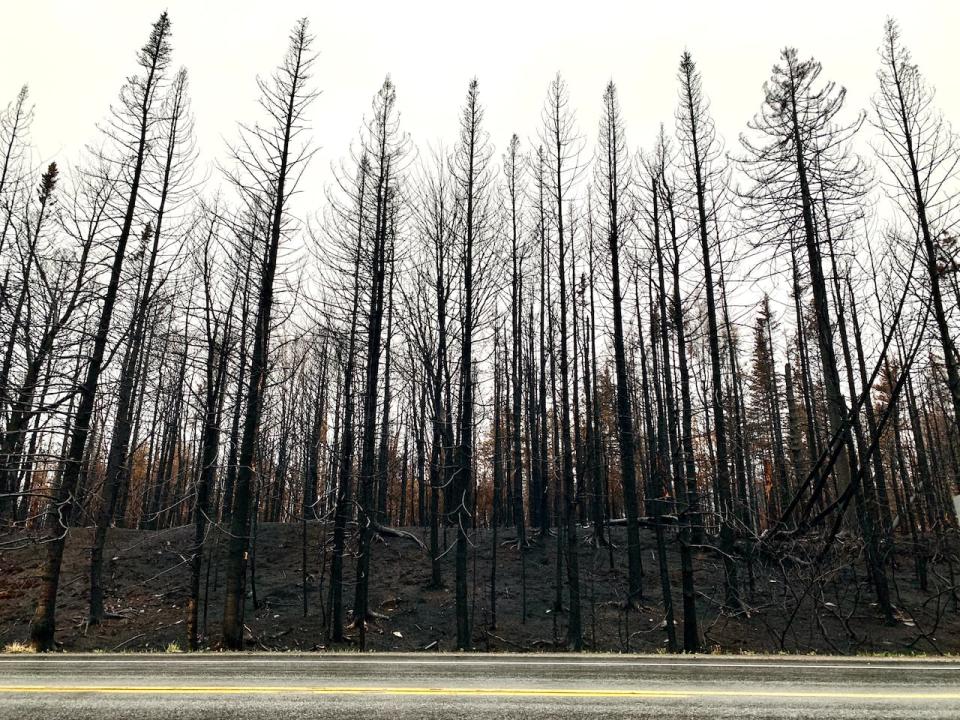
This section of Hammonds Plains Road used to be lush with green leaves during the summer and dusted with white snow in winter. (Aly Thomson/CBC)
However, any trees that fall on provincial land likely would not be touched, according to the department’s Jim Rudderham.
“We let nature take its course,” said Rudderham, director of the fleet and forest protection division. “There’s lots of areas that get burnt every year and then nature will grow them again.”
Rudderham said for areas where blackened trees are not removed, regrowth will start to pop up “very quickly.”
“There will be ferns there. There will be little shrubs there,” said Rudderham. “All kinds of little stuff will start to pop up in there very quickly, actually, and they’ll really show up underneath the black.”
Wildfires can damage the ground and soil, but that likely wasn’t the case here, he said.
Fires tend to burn quickly over the surface during the spring, as opposed to later in the summer, when the ground and dryer and the fires burn deeper.
That means new life is likely waiting to sprout up just below the surface, said Rudderham.
Still, Stuart said he doesn’t have time to wait for the forest to regrow its natural fencing around his yard.
“Without that, this property doesn’t really feel like home or a safe spot to rebuild,” he said.
*****
Credit belongs to : ca.news.yahoo.com
 Atin Ito First Filipino Community Newspaper in Ontario
Atin Ito First Filipino Community Newspaper in Ontario



